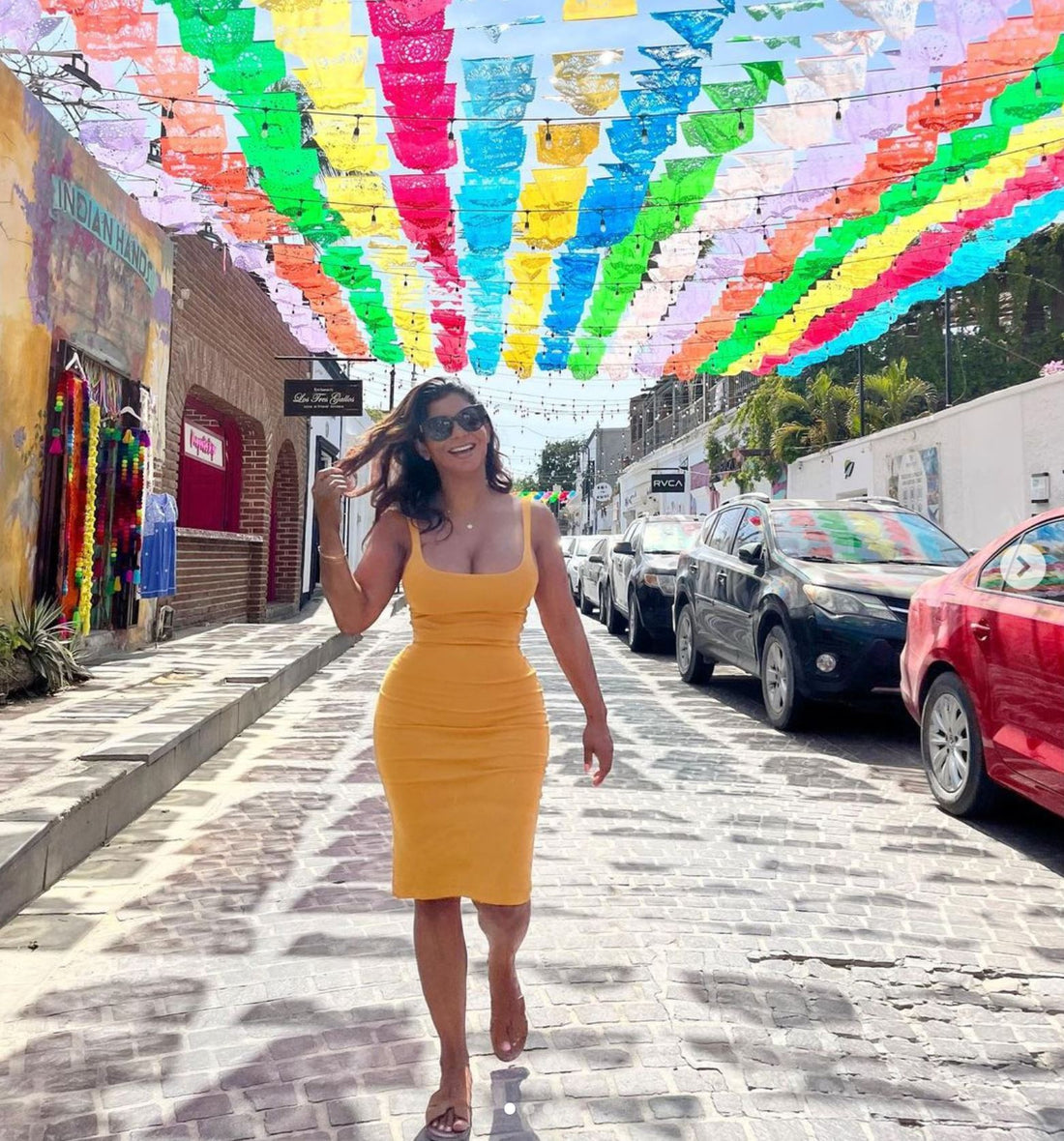
Unlock the Secrets: What Are Mexican Banners Called?
Share
Mexico, a land of vibrant culture and profound history, is renowned for its vivid colors and traditional festivals. Among the many symbols and decorations that grace the streets during these celebrations, one element stands out - the Mexican banners. In this blog post, we will delve into the captivating world of Mexican banners, exploring their significance, history, and diverse names used to describe them. Join us on this journey as we unravel the enchanting tapestry of Mexican culture through its banners.
-
The Varied Names of Mexican Banners:
-
Papel Picado: A term often used to describe Mexican paper banners, Papel Picado translates to "perforated paper." These delicate and intricately cut banners are a common sight at festivals and celebrations.
-
Bandera Mexicana: This term translates to "Mexican flag," and it is sometimes used to refer to the colorful banners that symbolize Mexican heritage and pride.
-
Guirnaldas: Guirnaldas are festive garlands or streamers that can also be used to describe Mexican banners, especially those hung during joyous occasions.
-
-
The Artistry Behind Mexican Banners: Mexican banners are not just decorative elements; they are exquisite works of art that showcase the creativity and craftsmanship of the Mexican people. These banners are often handmade, with intricate designs cut into tissue paper. The patterns can range from simple geometric shapes to elaborate scenes from Mexican folklore, history, or religious stories.
-
Cultural Significance: Mexican banners hold deep cultural significance. They are used to adorn streets, homes, and altars during various celebrations, such as:
-
Dia de los Muertos (Day of the Dead): Papel Picado banners are commonly seen during this time, adding a touch of color and symbolism to the altars and cemeteries.
-
Independence Day (Dia de la Independencia): Mexican flags and banners play a central role in the grand celebrations that mark Mexico's independence from Spanish rule.
-
Religious Festivals: Banners are used to decorate churches and processional routes during religious events, such as Semana Santa (Holy Week).
-
-
The Evolution of Mexican Banners: Mexican banners have a long history, dating back to pre-Columbian times. Initially made from materials like agave leaves, modern Mexican banners are crafted from tissue paper, offering a wide array of colors and designs. They have evolved over the centuries to become a symbol of Mexican identity and artistic expression.
-
Bringing Mexican Banners to Australia: Even if you're miles away from Mexico, you can still infuse your celebrations with the vibrant spirit of Mexican banners. Many online and local stores in Australia offer Papel Picado banners, allowing you to incorporate this rich tradition into your events and gatherings.
Mexican banners, known by various names, are more than just decorations; they are a testament to Mexico's rich cultural heritage, artistic prowess, and vibrant celebrations. Whether you're in Mexico or Australia, these banners can add a touch of Mexican warmth and tradition to your festivities. So, the next time you spot these colorful and intricate creations, you'll not only know what they are called but also appreciate the depth of culture and history they represent. Embrace the colors of Mexico and let the banners tell their own story.
